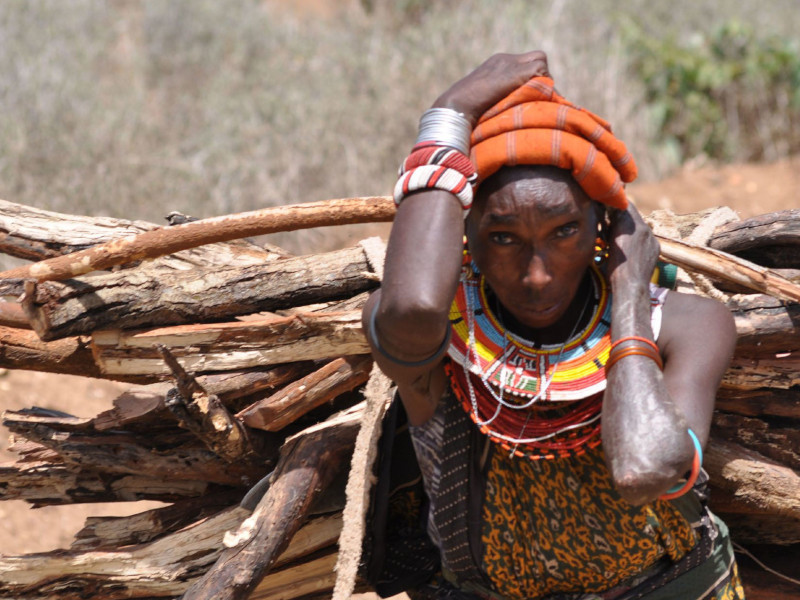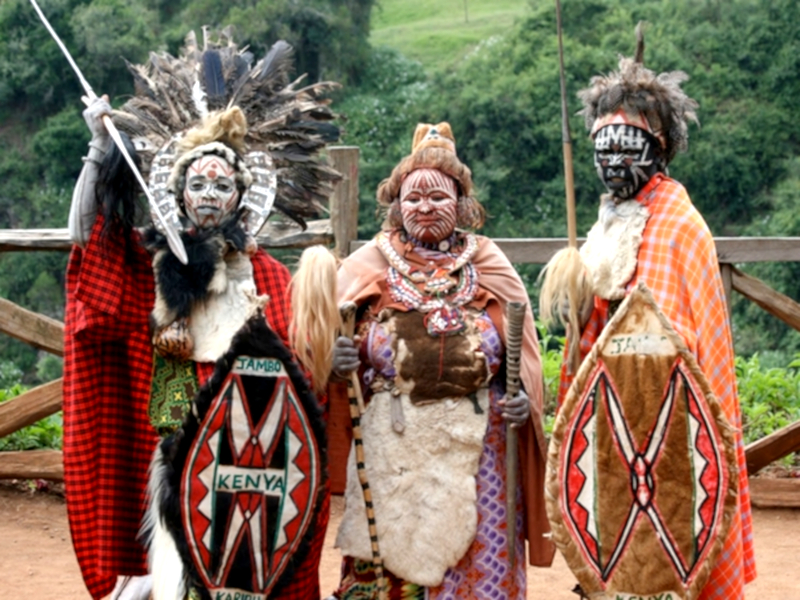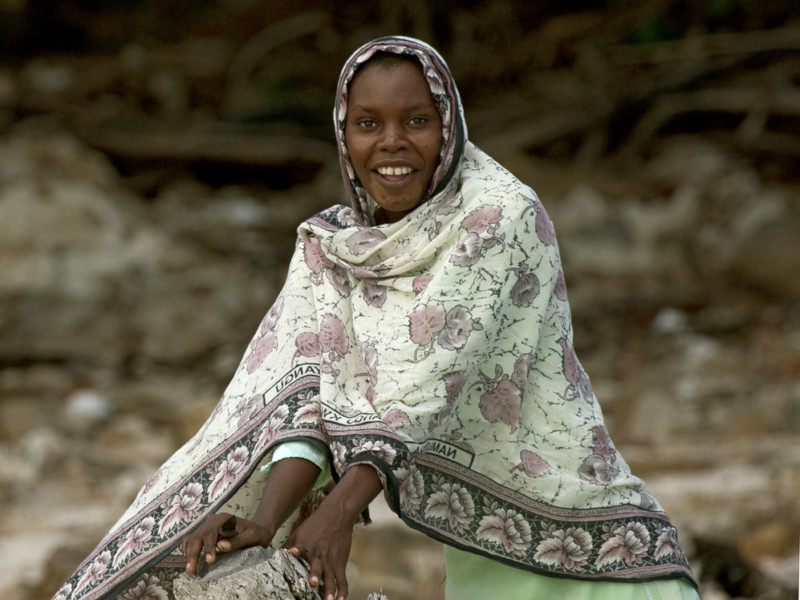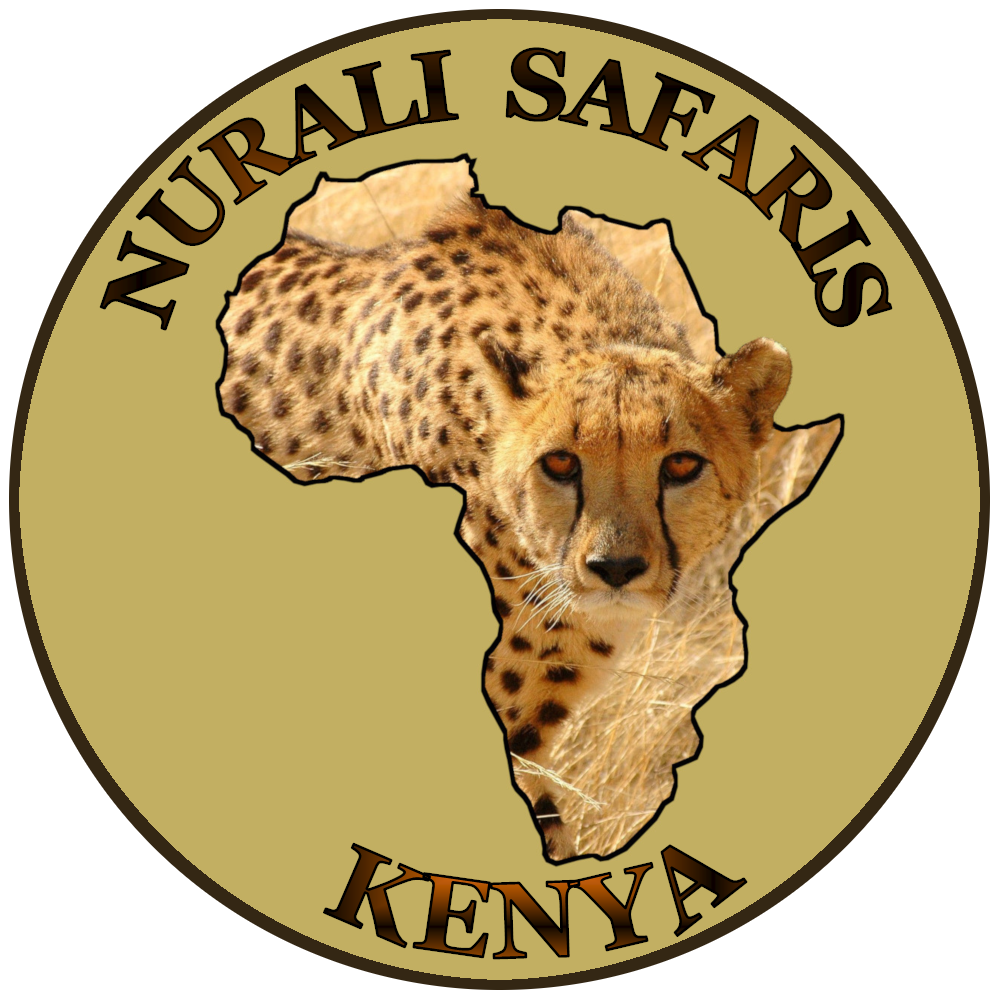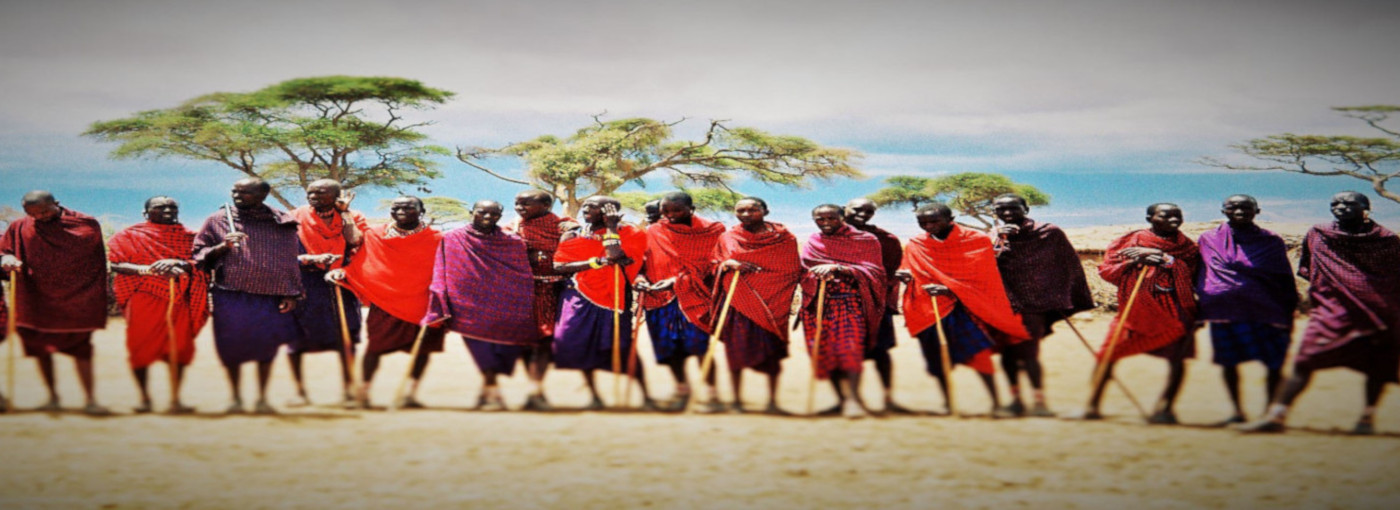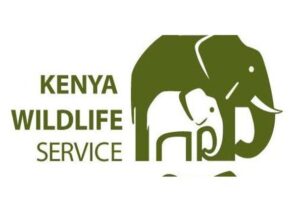HISTORY AND PEOPLES
Three large groups, Bantu, Cushiti and Niloti, with 3 different linguistic classes, gave rise to smaller and more specific groups, the tribes, characterized by different shades, identities and different dialects.
In Kenya there are 42 officially recognized and proclaimed tribes, last in order of time the Indo-Pakistani community declared on 22 July 2017 as the 44th tribe in the country. Instead, there are over 53 tribes, but the branches in the different peoples become many more.
The country is also inhabited by Arab minorities who have settled on the coasts; other minorities are made up of Europeans and Chinese communities.
Kiswahili is the most widely spoken language in Kenya which has earned its position as the official language of Kenya alongside English.
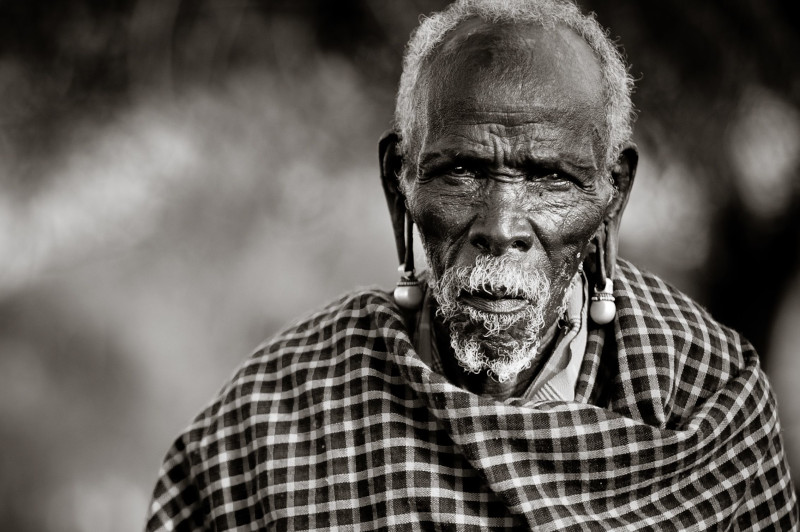
Bantu
Arriving in Kenya from central Africa, they divided into three groups depending on the landing area. The Bantu who settled west of Lake Victoria: Luhya, Kisii or Gusii, Suba, Kuria, all of these, to differentiate themselves from the strain found more in the center of Kenya, use the prefix 'Aba', in front of the name (AbaLuhya).
The Bantu of the plateau are the most numerous and occupy some of the most fertile lands in the country: Kikuyu, Kamba, Meru, Embu, Tharaka, Mbere.
The Bantu of the coast: Mijikenda, Taveta, Pokomo (River Tana), Taita and others.
Mijikenda is a comprehensive name used to designate nine important ethnic groups living in the coastal hinterland: Giriama, Digo, Duruma, Chonyi, Jibana, Ribe, Kambe, Rabai and the Kauma, for a total of over one million.
The name "bantu", in most of the languages of the group, it means" people "(-ntu indicates a person, and the area code ba- produces a plural form).
Cushiti
They are mentioned in all the Holy Scriptures as the inhabitants of East Africa and trace their lineage to Ham, one of Noah's sons, through his eldest son Kush, also spelled Cush.
They are the Somalis, Rendille, Galla, Boni, Borana, Gabbra, Orma, Sakuye, El Molo, Burji, Dassenic. They represent 3% of the population, and live on 14% of the territory, arid and semi-desert.
Niloti Paraniloti
Luo, Nandi, ElKeyo, Iteso, Kipsigi, Marakwet, Ogiek, Pokot, Sabaot, Suk, Terik, ElTugen E Turkana.
Then there are the semi-nomadic shepherds, independent of language Maa: Maasai (Masai), Samburu, Njemps e Ilchamus; Swahili: Bajuni (arcipelago di Lamu), Pate, Mvita, Vumba, Ozi, Fundi, Siyu, Shela, Amu.
In Kenya there are also other ethnic groups, including around 50,000. Arabi (Oman, Yemen, Arabia Saudita); 100.000 ca. Asiatici (India, Punjab, Gujarat, Goan, Pakistan); 43.000 Europei, of which about 15% have taken Kenyan citizenship.
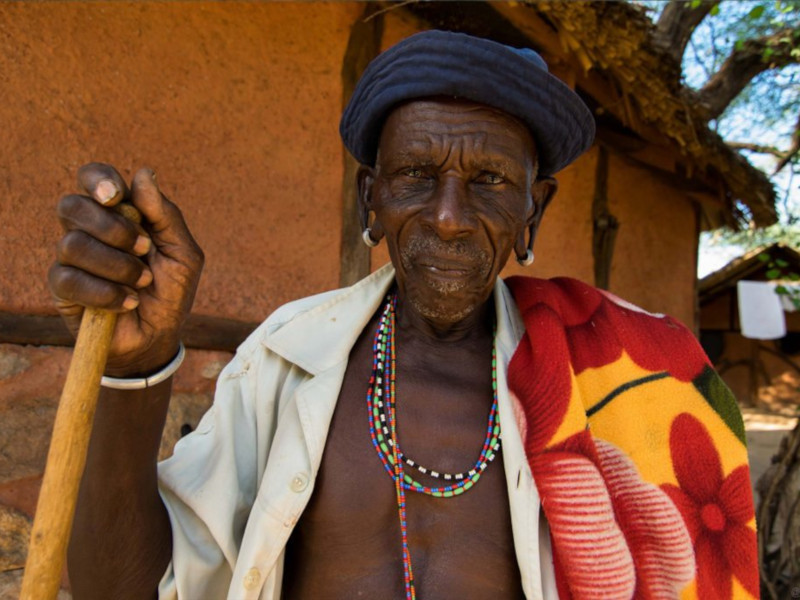
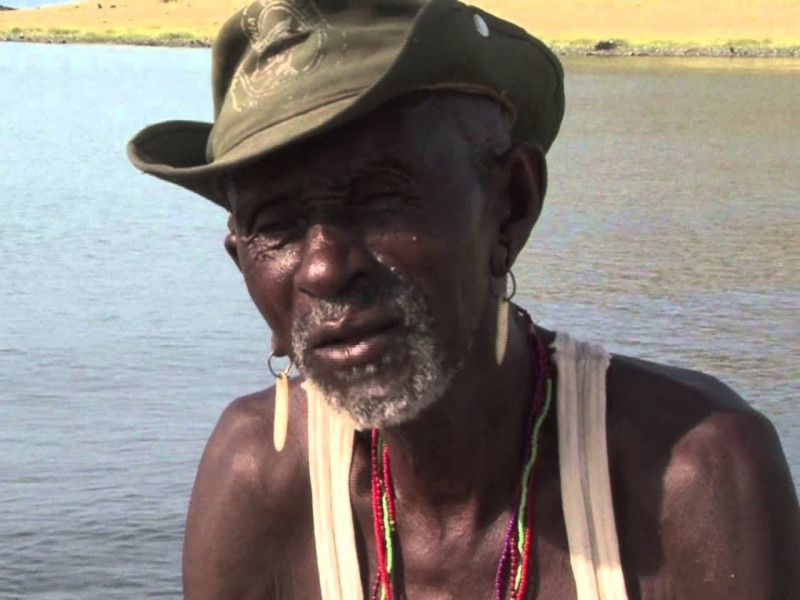
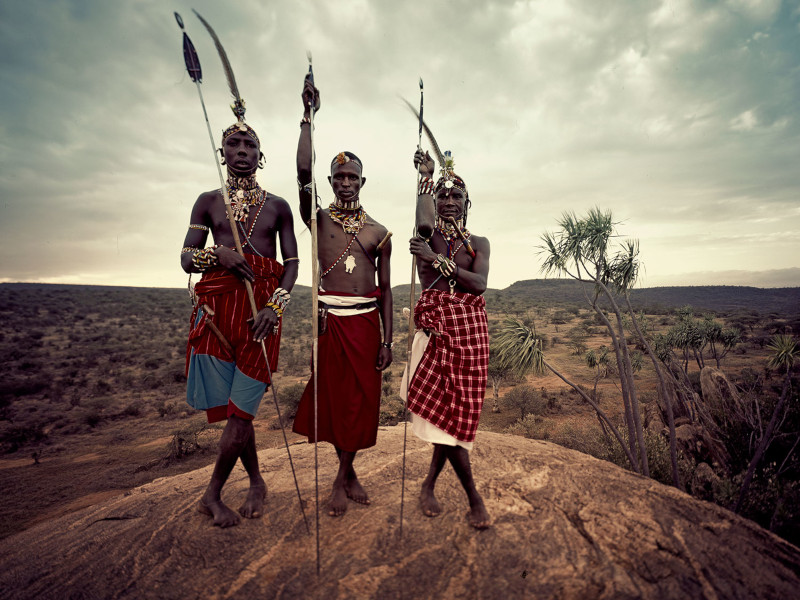
Masai or Masaai
The Masai (or Masaai) are a Nilotic people living in the highlands around the border between Kenya and Tanzania. Often considered nomadic or semi-nomadic, today they are also transhumant breeders, and often even permanent ones (especially in Kenya). The Masai speak the "maa", hence the name of the ethnic group that they pronounce Maasai.
The transition to a permanent lifestyle is accompanied by that from farming to agriculture as a primary source of livelihood; this transformation is evident in the Kenyan Masai clans. The Masai speak the "maa", hence the name of the ethnic group that they pronounce Maasai. The language belongs to the Nilo-Saharan group of languages.
In the First World War in East Africa, the Maasai acquired a legendary reputation. British colonial troops failed to defeat or capture them.
Mijikenda
The Mijikenda are often collectively called Nyika (plural: WaNyika), they are 9 Bantu groups of the coastal hinterland: Giriama, Digo, Duruma, Chonyi, Jibana, Ribe, Kambe, Rabai and the Kauma, for a total of over one million.
Tradition tells that, between the end of the sixteenth and the beginning of the seventeenth century, an invasion by Oromo from the north forced them to move away from the Ethiopian hinterland to take refuge in villages on the south-eastern hills in today's Kenya.
The Mijikenda were able to dominate trade with neighboring tribes, but these relationships led to the displacement of the Mijikenda from the old hilltop villages to the coastal area. The word miji seems to refer not so much to specific cities, but rather to holy places, the kaya. These were groves inhabited by the ancestors, and therefore cities in the broad sense. Each group of mijikenda has its own kaya.
El Molo
This small tribe of a few hundred people once lived on the islands in the center of Lake Turkana. Today, the abandoned islands have settled on the southeastern coast of the lake. They are the last true gatherers and hunters.
Their subsistence derives exclusively from fishing, carried out with rafts made with trunks of dum palm (Hyphaene thebaica).
They eat almost exclusively fish, fresh or dried, and crocodile or hippo meat. Rarely game.
Their lifestyle is slowly changing, today they also dedicate themselves to cattle breeding and some are even attempting an adventure in the tourism sector with tourist fishing. They are also skilled artisans who make baskets, nets and traps.
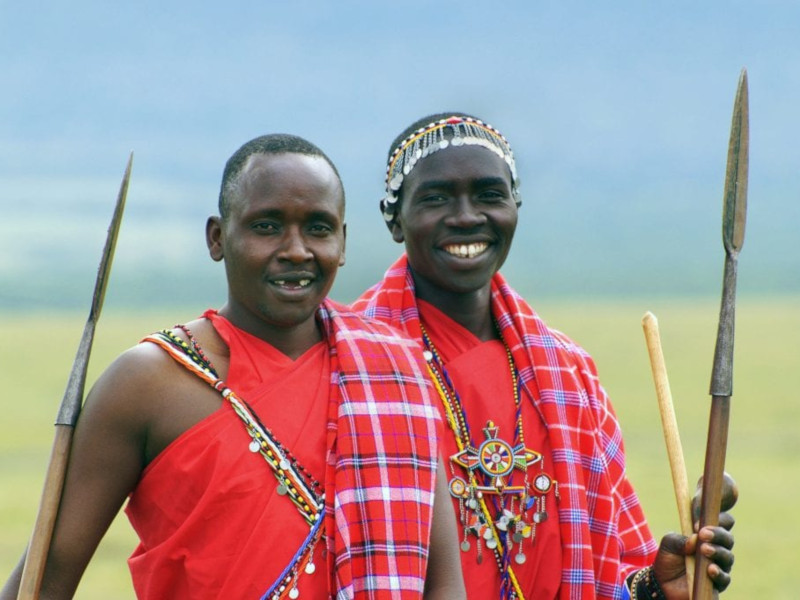
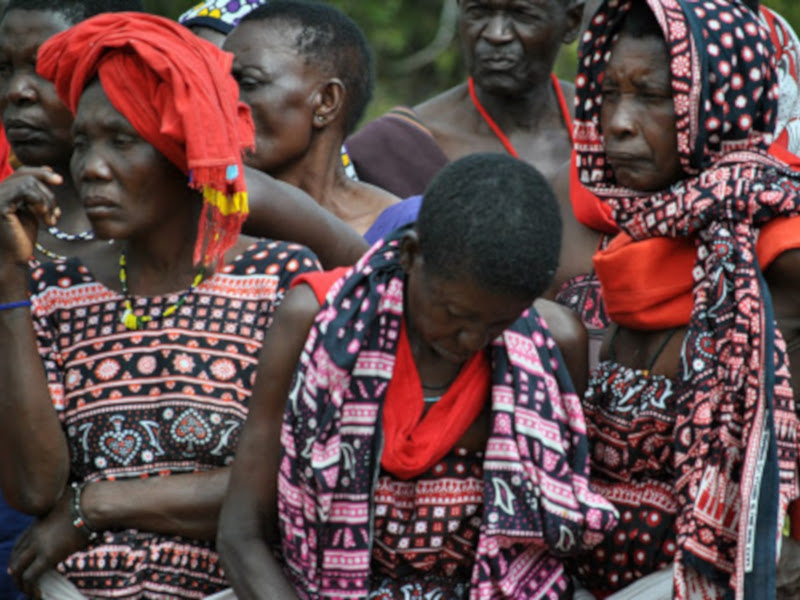
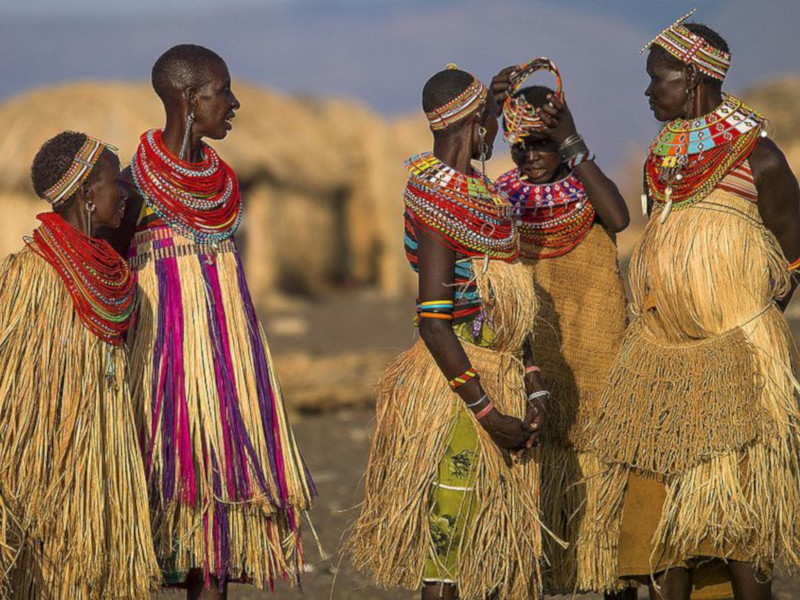
Turkana
The Turkana live in a semi-arid area and have few mountain forests for grazing. They are herders of donkeys, camels, cows and goats. They are free people who have no political influence, even among themselves. Most are nomadic herders of cattle, goats and camels, forced to move constantly in search of new pastures and water for their livestock. Frequent clashes with the rival ethnic groups of the Samburu and Pokot.
The main center is the village of Lodwar on the western shore of Lake Turkana, occupying the entire circumference of the lake with the exception of the north-eastern part. The huts built by the women are barrel-shaped, formed from a skeleton of intertwining thorny branches and covered with dum palm leaves. Inside, a small fire is always burning in the center. All around, a fence of branches and thorns delimits the property.
Kikuyu
The Kikuyu speak the Bantu language and live in the highlands near Mount Kenya. They form the largest ethnic group in Kenya, about 20% of the total population. Their indigenous economy was based on the intensive cultivation of millet, peas, beans, sorghum and sweet potatoes.
Resenting the occupation of their highlands by European farmers and other settlers, the Kikuyu were the first Kenyan native ethnic group to embark on anti-colonial agitation, in the 1920s and 1930s. They organized the Mau Mau revolt against British rule in 1952 and led the drive towards Kenyan independence later in the decade.
They have become the economic and political elite of independent Kenya. Jomo Kenyatta, a Kikuyu, was Kenya's first prime minister (1963-1964) and first president (1964-1978). He was also one of the first Africans to receive a PhD. (London School of Economics) in anthropology and to publish an ethnography ( Facing Mount Kenya , 1938).
Swahili
For at least a thousand years, the Swahili people have occupied a narrow strip of coastal land that stretches from the northern coast of Kenya to Dar es Salaam (the capital of Tanzania). They also occupy several neighboring islands in the Indian Ocean, including Zanzibar, Lamu and Pate.
Over the past hundred years, the coastal area has been conquered and colonized several times: by the Portuguese in the 16th century, by the Arabs of the Middle East who ran a slave trade in the 19th century and by the British in the 20th century. Therefore, Swahili are used to living with strangers in their midst and have often acted as intermediaries in business relations. Furthermore, they have incorporated many people and practices into their vibrant social world.
The Swahili are all Muslims. They became Muslims through the influence of people from the north and also across the Indian Ocean. They forged broad economic, political and social ties with Middle Eastern Muslims.
